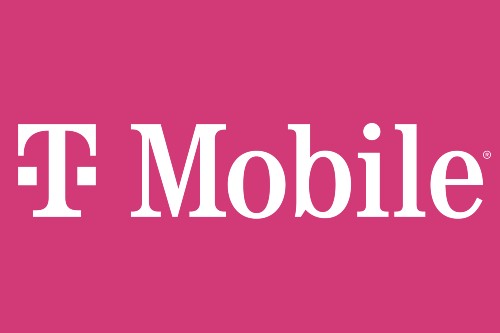
T‑Mobile is rolling out its next-generation 5G home internet gateway, dubbed the G5AR, starting July 21; though only for new customers who sign up on the Amplified plan online.
As reported by The Mobile Report, this upgrade brings some modern perks, but it also drops a popular feature that users loved.
The new gateway is set to support Release 16 of the 3GPP 5G standard, which could bring faster upload speeds and the ability to tap into multiple 5G towers at once; straight from the box. T‑Mobile’s internal buzz suggests “UL Tx Switching” and Carrier Aggregation could finally boost upload performance, backed by earlier company claims of record-breaking speeds. On top of that, the G5AR contains Wi‑Fi 7, a next-gen wireless standard that ensures your Wi‑Fi can keep pace with blazing-fast 5G data.
But there’s a drawback. The G5AR removes the external antenna ports that made the G4AR a hit among rural users or those with weak indoor coverage. While you can still rig your own external antenna, it now requires taking apart the router to access hidden internal connectors; a hassle that may even void warranties.
Also, the G5AR sticks with gigabit Ethernet—a physical port that caps wired speeds around 940 Mbps. For anyone pulling multi-gig 5G data, this means you’ll rely on wireless or Wi‑Fi 7 to hit top speeds. And while the gateway comes without a mesh unit (unlike what the All‑In plan offers), there’s speculation T‑Mobile might release a compatible mesh extender later on.
What does all this mean for users? If you’re a new home internet customer on Amplified, the G5AR offers cutting-edge features — faster uploads, more robust Wi‑Fi, and better 5G performance. But if you’re already using a G4AR, especially with an external antenna setup, upgrading may not be worth the trouble. This update feels like a mid-cycle tweak (call it the “PS5 Pro” of routers) rather than a full redesign.
In summary, T‑Mobile’s new gateway brings modern tech to the table, but swapping it out isn’t a slam dunk unless you’re starting fresh. Existing users with external antennas will probably stick with what’s already working, at least for now.
Source: The Mobile Report
